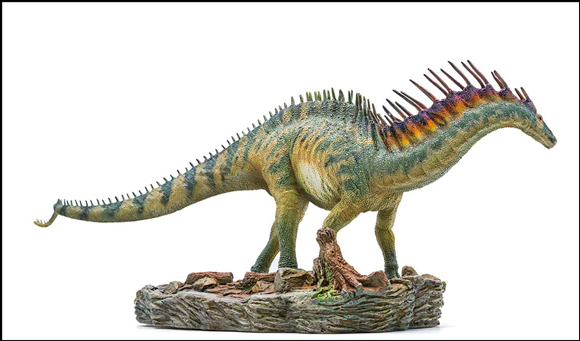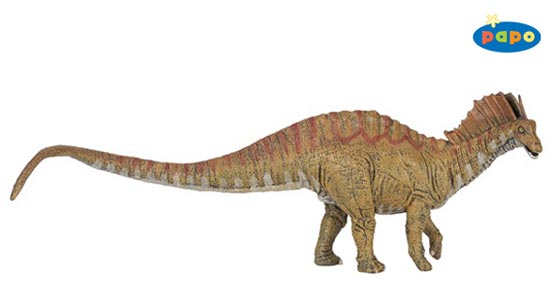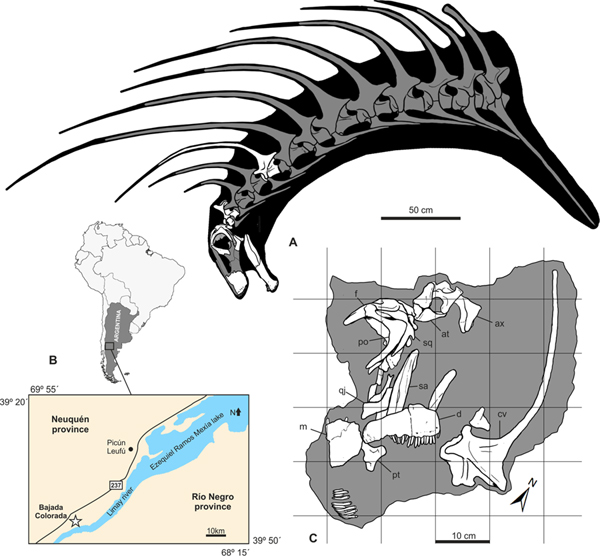Amending an Amazing Amargasaurus
Team members at Everything Dinosaur have been asked to cast their eyes over a display panel being prepared to accompany an exhibition featuring the bizarre South American sauropod Amargasaurus.

The image (above) shows a PNSO Amargasaurus model. To view the PNSO dinosaur range: PNSO Dinosaur Models.
“Reptile from Amarga Canyon”
Known from a single, partial skeleton discovered in 1984 in northern Patagonia (La Amarga Formation), Amargasaurus was related to Diplodocus although it was much smaller measuring around 10 metres in length with an estimated weight of approximately 5 tonnes.

The Papo range of prehistoric animal models: Papo Dinosaur Models and Figures.
Unlike most other sauropods, the neck was disproportionately short and it was probably a specialist browser of small trees and bushes, a feeding strategy that prevented it from competing directly with the numerous other types of sauropod dinosaur that shared its habitat.
This dinosaur had two rows of tall, thin spines sticking up from the vertebrae that ran from the top of the head down to the base of the short neck. These spines then tapered into a single row of smaller spines that continued down the animal’s back to the tail. When first scientifically described in 1991, it was suggested that these spines were defensive weapons used to deter attacks from predators or in combat between rivals. Some palaeontologists have suggested that these spines supported skin membranes that formed two parallel sail-like structures. These sails could have played a role in thermoregulation, visual communication between herd members or perhaps they were used in courtship displays.
Visit the Everything Dinosaur website: Dinosaur Models and Toys.
The discovery in northern Patagonia, of the closely related Bajadasaurus with its equally spiky array of neck spines that curve forward towards the head has led some palaeontologists to conclude that the neck spikes on these dinosaurs were indeed primarily defensive structures.


